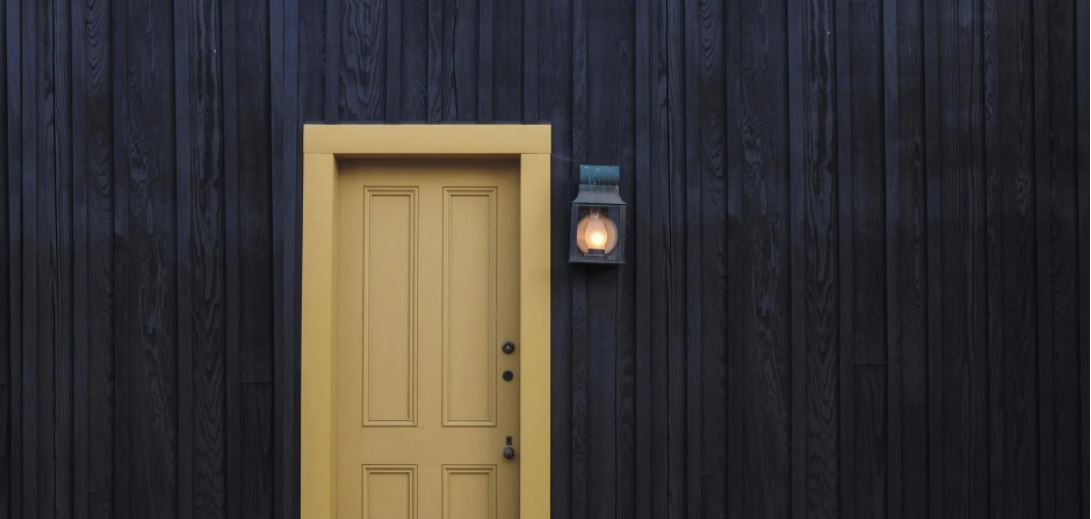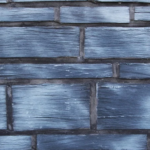In the ever-evolving landscape of industry, there are methods that stand the test of time, proving their worth across generations. One such technique is the art of carbonizing timber, a practice that has been refined over centuries. In this blog post, we delve into the world of carbonized timber, exploring its historical significance, its relevance in modern industry, and its contemporary applications. Join us on this journey as we uncover the intriguing intersection of tradition and innovation.
The Ancient Craft of Carbonizing Timber
Carbonizing timber, or charring wood, is a process that dates back centuries. This age-old technique involves subjecting wood to controlled flames, resulting in a unique surface texture and increased durability. The charring process not only enhances the wood’s resistance to environmental elements but also imbues it with a distinct aesthetic appeal. It’s a testament to the craftsmanship of our ancestors, who discovered and perfected this method long before the advent of modern industry.
- Enhanced Durability: Charring wood strengthens its natural defenses, making it more resilient against moisture, pests, and decay.
- Aesthetic Appeal: The charred surface brings out intricate patterns and a rich, dark hue, adding a touch of elegance to any application.
- Cultural Significance: The practice of carbonizing timber is deeply rooted in various cultures around the world, reflecting a reverence for nature’s resources.

Carbonized Timber in Modern Industry – Where Tradition Meets Innovation
In today’s rapidly advancing industrial landscape, the ancient craft of carbonizing timber finds itself seamlessly integrated into a variety of applications. From architectural elements to interior design, the marriage of tradition and innovation is evident. Carbonized timber offers a unique blend of functionality and aesthetics that resonates with both artisans and industry professionals alike.
- Architectural Marvels: Carbonized wood siding, an exemplary application, not only exudes sophistication but also stands as a testament to sustainable construction practices.
- Interior Elegance: From flooring to furniture, carbonized timber finds its place in creating interiors that are both visually striking and enduring.
- Sustainability at its Core: The process of charring wood aligns with the principles of sustainable sourcing and responsible resource management, making it a choice that echoes through the ages.
Charred Wood Siding – A Contemporary Marvel in Sustainable Architecture
One of the most compelling applications of carbonized timber is in the realm of sustainable architecture, particularly in the form of charred wood siding. This innovative approach not only enhances the visual appeal of a structure but also serves as a testament to the industry’s commitment to environmentally-conscious practices.
- Aesthetics and Functionality: Charred wood siding combines the raw beauty of nature with the demands of modern architecture, resulting in a visually stunning and long-lasting facade.
- Resilience Against the Elements: The charring process significantly improves the wood’s resistance to moisture, insects, and UV radiation, ensuring that the siding maintains its integrity for years to come.
- Reduced Maintenance Needs: Due to its enhanced durability, structures adorned with charred wood siding require less maintenance, contributing to the overall longevity and sustainability of the building.
Find more information and inspiration at https://nakamotoforestry.co.uk/charred-wood-siding/
Conclusion: Embracing Tradition, Embracing the Future
Carbonized timber, with its roots in ancient craftsmanship, stands as a testament to the enduring value of traditional methods in the modern industry. As we continue to explore innovative solutions for sustainable practices, the fusion of tradition and innovation remains a cornerstone of progress. Embracing the art of carbonizing timber is not just an investment in a material; it’s an investment in a legacy that transcends time.
Image Credits:
Kien – stock.adobe.com

